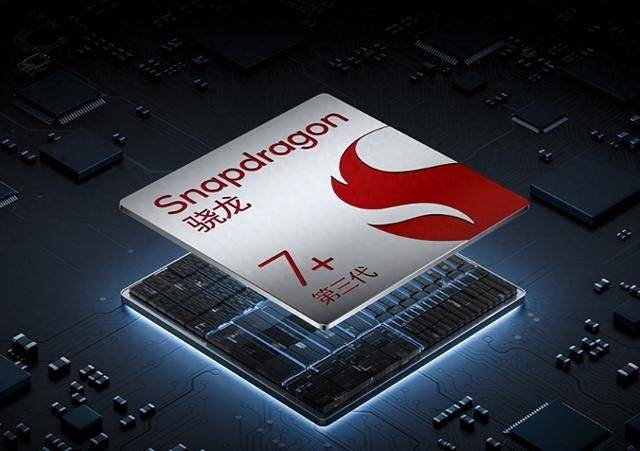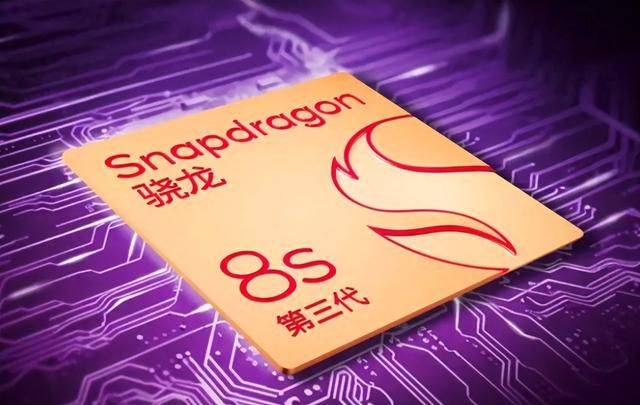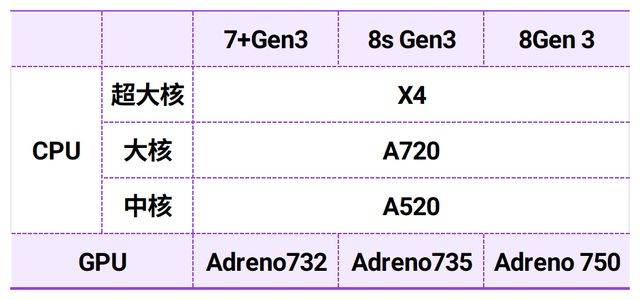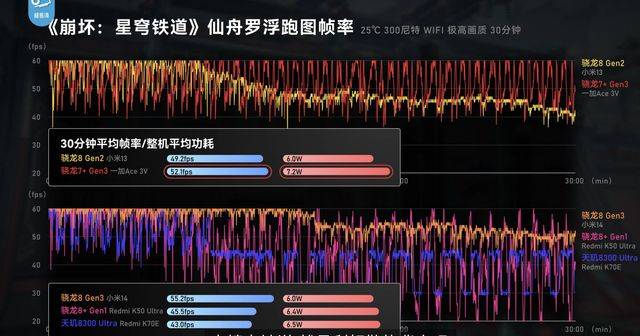Recently, Qualcomm held a new product launch event, releasing two Snapdragon series chips at once, namely Snapdragon 7+ Gen3 and Snapdragon 8s Gen3. For those familiar with the digital industry, it’s apparent that the positioning of Snapdragon 8s Gen3 is slightly higher. However, since they were launched simultaneously, what most people care about is the differences between Snapdragon 7+ Gen3 and Snapdragon 8s Gen3 chips. With new devices equipped with these chips set to be released soon, let’s delve into a detailed analysis of them.

When it comes to comparing chips, the most straightforward aspects are the process technology, architecture, and core parameters. In this respect, both Snapdragon 7+ Gen3 and Snapdragon 8s Gen3 use the 4nm process technology and share the same 1+4+3 chip architecture as Snapdragon 8 Gen3. Simply looking at the literal parameters, the differences between the two chips aren’t significant. However, due to their distinct positioning, there are slight frequency variations.

In terms of specifications, the Snapdragon 7+ Gen3 features one X4 large core clocked at 2.8GHz, four A720 big cores at 2.6GHz each, and three A520 small cores at 1.9GHz, paired with an Adreno 732 GPU running at 950MHz. On the other hand, for the Snapdragon 8s Gen3, with the same architecture, the frequencies are slightly higher at 3.0GHz, 2.8GHz, and 2.0GHz, along with an Adreno 735 GPU clocked at 1.1GHz.

Looking at the parameters, Snapdragon 8s Gen3 indeed holds a certain frequency advantage. However, since both chips share the same process technology and architecture as Snapdragon 8 Gen3, even being called ‘Mini Snapdragon 8 Gen3’ is justified. Despite the frequency gap, the practical advantage brought by Snapdragon 8s Gen3 is only slightly higher scores, with no significant perceptible difference in daily use or gaming experience. On the other hand, Snapdragon 7+ Gen3 has better energy efficiency, leading to lower actual power consumption and therefore longer battery life.

So, although there is a difference in positioning between the two chips, their performance is quite similar. Snapdragon 7+ Gen3 excels in energy efficiency and battery life, making it a balanced choice alongside Snapdragon 8s Gen3. For most smartphone users at present, it’s not easy to draw conclusions on which chip to choose for their next upgrade. Waiting for the actual test data after the new devices are launched to make a comparison would be the best decision.

In conclusion, the differentiation between Snapdragon 7+ Gen3 and Snapdragon 8s Gen3 is not very clear. While Snapdragon 8s Gen3 boasts higher clock speeds, Snapdragon 7+ Gen3 shows better energy efficiency performance. Recent exposure of information related to OnePlus Ace 3V indicates that Snapdragon 7+ Gen3’s scores and gaming frame rates are approaching those of 8 Gen2, making it likely to once again become a prominent mid-range chip.